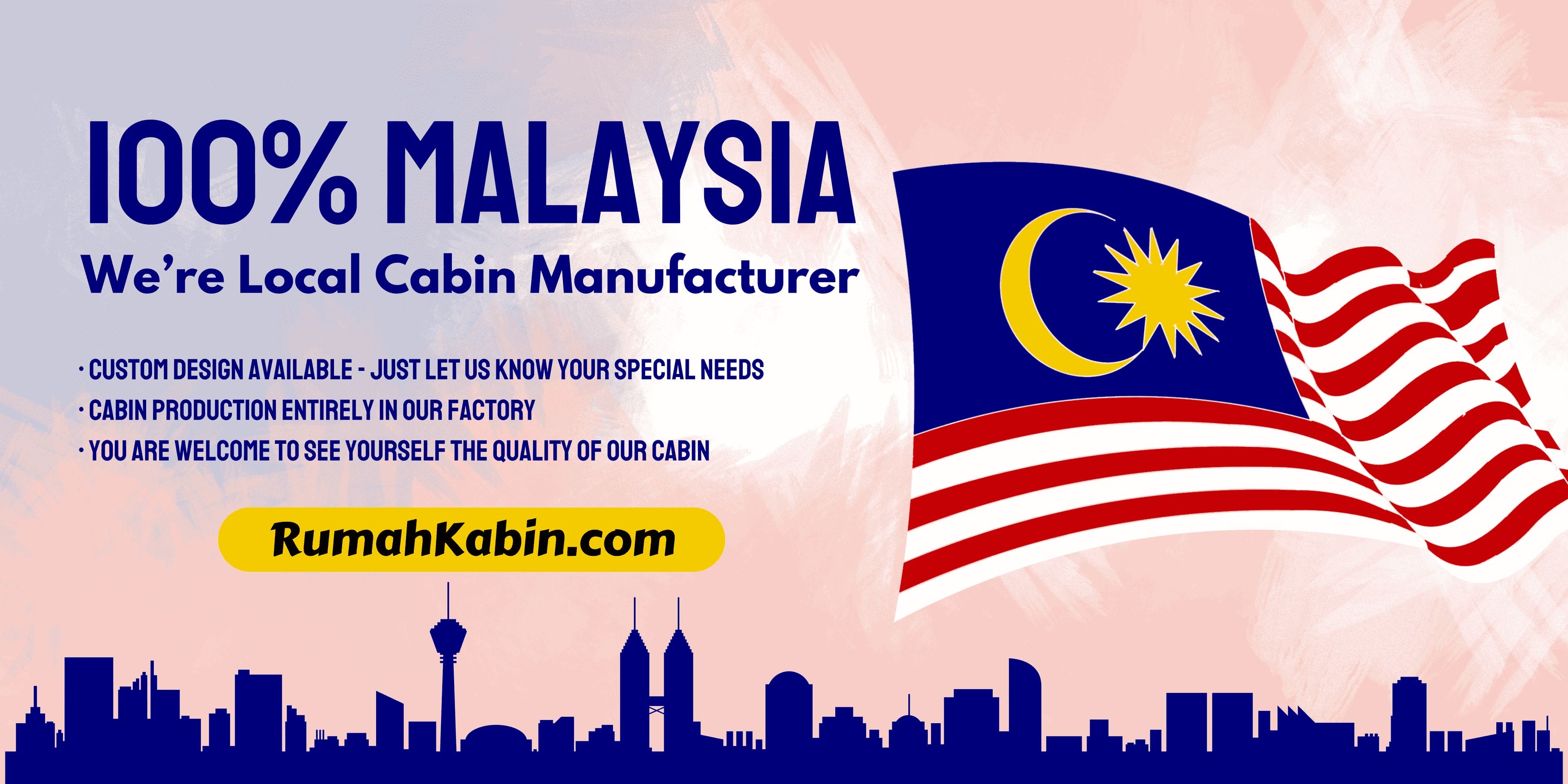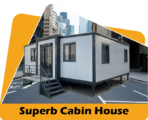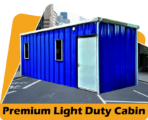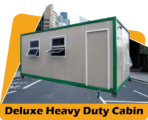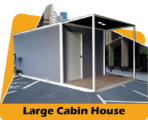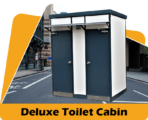🏗️ 8 Essential Guidelines for Developing Worker Housing in Malaysia (CLQs)
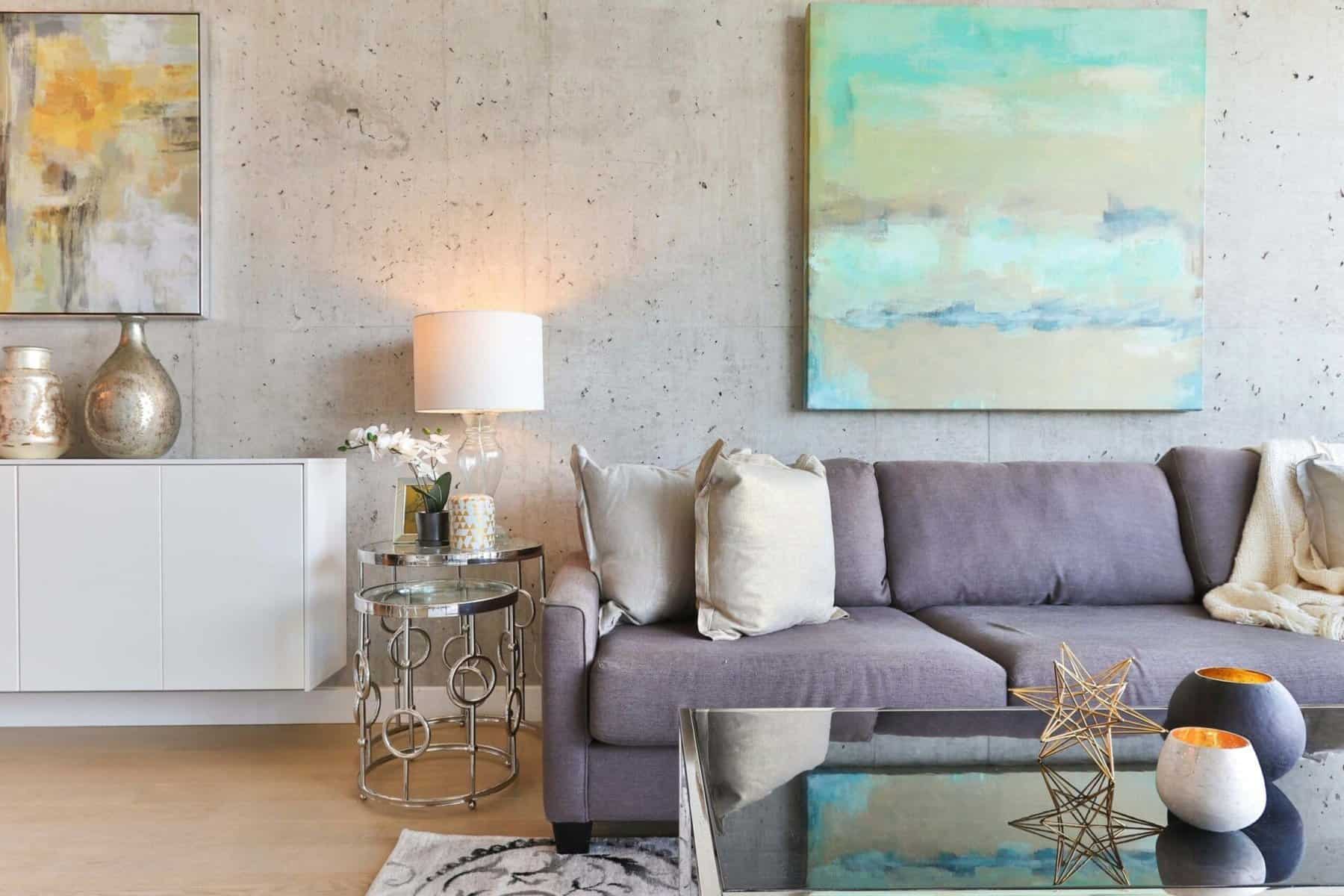
1. What are Centralized Labor Quarters (CLQs) and Why Do They Matter?
Centralized Labor Quarters, or CLQs, are a type of dedicated housing designed to accommodate workers, particularly foreign laborers, in a centralized and structured manner. CLQs aim to provide safe, hygienic, and comfortable living conditions for workers while ensuring compliance with relevant laws and regulations.
The development of CLQs has gained significant attention in Malaysia due to several factors:
- Growing foreign worker population: Malaysia heavily relies on foreign labor across various sectors, including construction, manufacturing, and agriculture. Providing suitable housing for these workers is crucial for their well-being and productivity.
- Inadequate living conditions: Many foreign workers in Malaysia have historically been housed in cramped, unsanitary, and unsafe accommodations. CLQs seek to address these issues by offering purpose-built facilities that meet minimum standards.
- Legal compliance: The Malaysian government has introduced various laws and guidelines, such as the Workers’ Minimum Standards of Housing and Amenities Act 1990 (Act 446), to regulate the provision of worker housing. CLQs help employers comply with these requirements.
- Social responsibility: Providing decent living conditions for workers is not only a legal obligation but also a matter of social responsibility. CLQs demonstrate a commitment to the welfare of workers and can enhance the reputation of companies and industries.
The importance of CLQs extends beyond just providing a roof over workers’ heads. Properly designed and managed CLQs can offer several benefits:
- Improved health and safety for workers
- Increased worker satisfaction and retention
- Enhanced productivity and work performance
- Reduced social issues and community conflicts
- Compliance with legal and ethical standards
By prioritizing the development of CLQs, Malaysia can create a more sustainable and equitable framework for housing foreign workers, benefiting both the workers themselves and the industries that rely on their labor.
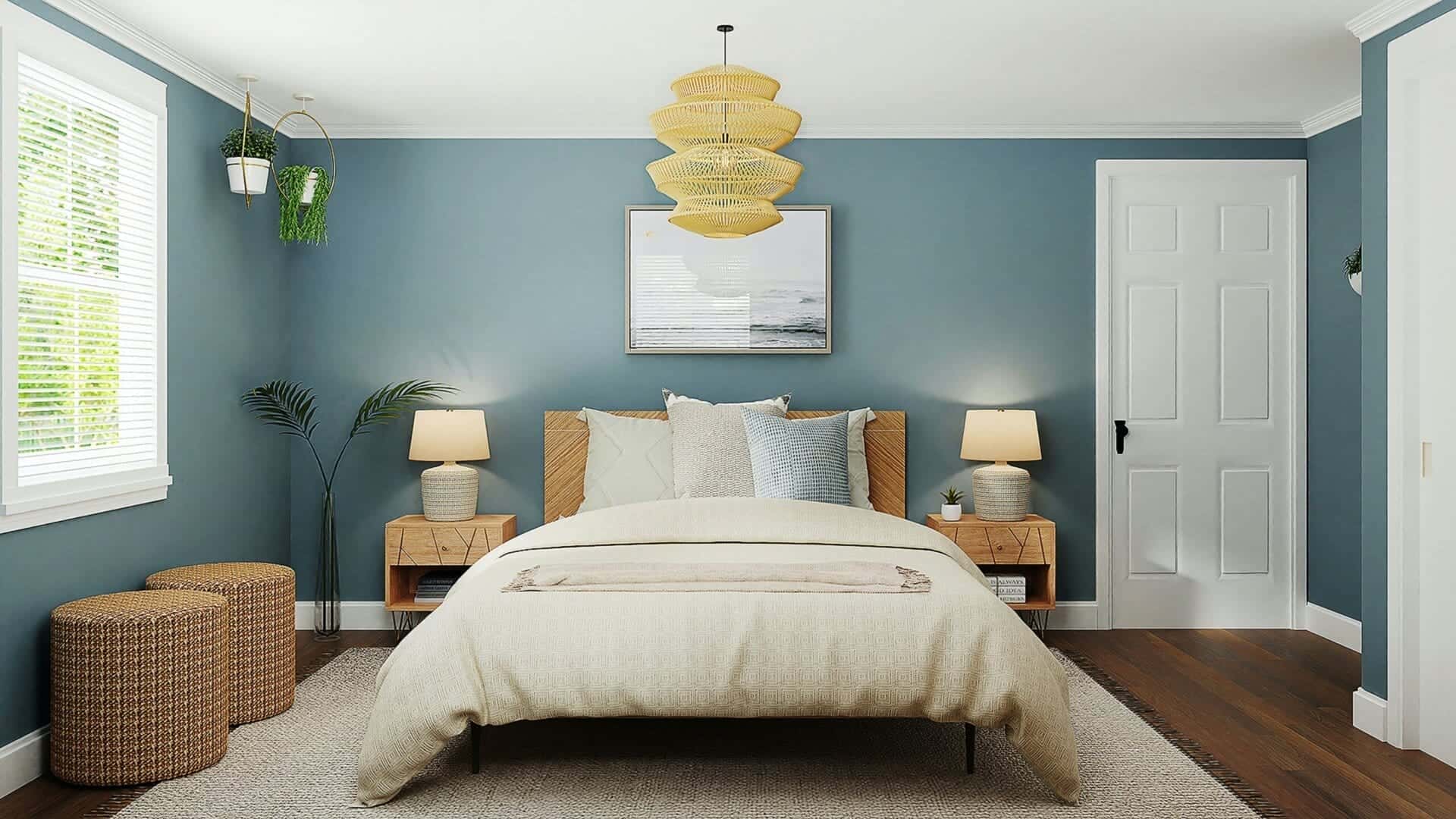
spacejoy vOa PSimwg4 unsplash scaled
2. Two Alternatives for CLQ Development: New Sites vs. Brownfields
When it comes to developing Centralized Labor Quarters (CLQs) in Malaysia, there are two main alternatives available: constructing CLQs on new sites or repurposing existing brownfield sites.
Alternative 1: CLQ Development on New Sites
The first option involves building CLQs from scratch on previously undeveloped land. This alternative offers several advantages:
- Customization: Developing a new site allows for the CLQ to be designed and built to specific requirements and standards from the ground up.
- Scalability: New sites can be sized appropriately to accommodate the desired number of workers, with room for future expansion if needed.
- Location flexibility: CLQs can be strategically located close to workplaces, reducing transportation time and costs for workers and employers.
However, there are also some challenges to consider:
- Acquiring suitable land for development may be difficult and costly, particularly in urban areas.
- Obtaining necessary approvals and permits for new construction can be time-consuming.
- Building from scratch requires significant upfront capital investment.
Alternative 2: CLQ Development on Brownfield Sites
The second alternative involves converting existing buildings or structures on brownfield sites into CLQs. Brownfield sites are previously developed land that is no longer in use or underutilized.
Advantages of this approach include:
- Cost-effectiveness: Repurposing existing buildings can be more cost-effective than new construction, as the basic structures are already in place.
- Faster implementation: Retrofitting an existing building into a CLQ can often be completed more quickly than building from scratch.
- Urban renewal: Converting abandoned or underused sites into CLQs can contribute to urban renewal efforts and improve the overall built environment.
Challenges to keep in mind:
- Existing buildings may require significant renovations and upgrades to meet CLQ standards and regulations.
- The location and layout of brownfield sites may not always be ideal for worker housing.
- There may be legal and ownership issues to navigate when repurposing existing properties.
The choice between developing CLQs on new sites or brownfield sites depends on various factors, such as location, budget, timeline, and specific project requirements. In some cases, a hybrid approach that combines both new construction and adaptive reuse may be the most suitable solution.
Regardless of the development alternative chosen, it is crucial to ensure that the resulting CLQs meet all relevant laws, regulations, and standards for worker housing in Malaysia. This includes compliance with Act 446, local planning guidelines, and building codes.
By carefully considering the pros and cons of each development alternative, project proponents can make informed decisions that balance the needs of workers, employers, and the broader community.
3. Key Planning Requirements & Procedures for CLQ Approval
Developing a Centralized Labor Quarters (CLQ) in Malaysia involves navigating a range of planning requirements and approval procedures. Understanding and adhering to these guidelines is crucial for ensuring a smooth and compliant project.
The key planning considerations for CLQ development include:
- Land use zoning: CLQs must be located in areas designated for appropriate land use, such as industrial, commercial, residential, or agricultural zones, as per the local planning guidelines.
- Development intensity: The allowable density, plot ratio, and building height for the CLQ will be subject to the specific zoning and planning regulations of the site.
- Building setbacks: Minimum setback distances from the property boundaries must be maintained as per the local building bylaws.
- Infrastructure requirements: The CLQ site must be equipped with adequate infrastructure, including access roads, water supply, electricity, sewerage, and waste management systems.
- Amenities and facilities: CLQs should provide basic amenities and facilities for the residents, such as cooking areas, dining spaces, toilets, bathrooms, and laundry facilities, in accordance with the relevant standards and guidelines.
To obtain approval for a CLQ development, project proponents must follow the prescribed procedures and submit the necessary applications and documents to the relevant authorities. The key steps in the approval process typically include:
- Planning permission: An application for planning permission must be submitted to the local planning authority, along with the required plans, drawings, and supporting documents. This is to ensure that the proposed CLQ complies with the local planning guidelines and zoning requirements.
- Building plan approval: Detailed building plans for the CLQ must be submitted to the local authority for approval, demonstrating compliance with the relevant building codes, standards, and regulations.
- Other technical approvals: Depending on the specific project, additional approvals may be required from various technical agencies, such as the fire department, health department, and utility providers.
- Certificate of Completion and Compliance (CCC): Upon completion of the CLQ construction, a CCC must be obtained from the local authority to certify that the building is safe and fit for occupation.
Throughout the approval process, it is important to engage with the relevant authorities and seek guidance to ensure that all requirements are met. Working with experienced professionals, such as architects, engineers, and planners, can help navigate the complexities of the approval process and ensure a successful outcome.
| Stage | Key Requirements | Approving Authority |
|---|---|---|
| Planning Permission | – Site plans – Layout plans – Land use zoning compliance – Development intensity |
Local Planning Authority |
| Building Plan Approval | – Architectural drawings – Structural calculations – M&E plans – Fire safety plans |
Local Authority (Building Department) |
| Technical Approvals | – Fire safety – Health and hygiene – Utilities (water, electricity, sewerage) |
Various technical agencies |
| Certificate of Completion and Compliance (CCC) | – Completed building – Compliance with approved plans – Safety and fitness for occupation |
Local Authority (Building Department) |
By understanding and fulfilling the key planning requirements and approval procedures, project proponents can ensure that their CLQ developments are in line with the relevant laws, regulations, and standards. This not only facilitates a smoother approval process but also contributes to the creation of safe, healthy, and compliant living environments for workers.

spacejoy op9evfg3qww unsplash scaled
4. Recommended CLQ Standards: Design, Facilities & Management
Developing a successful Centralized Labor Quarters (CLQ) in Malaysia requires careful consideration of design standards, provision of essential facilities, and effective management practices. By adhering to recommended guidelines in these areas, project proponents can create CLQs that promote the well-being and productivity of residents while meeting regulatory requirements.
Design Standards
The design of a CLQ should prioritize the health, safety, and comfort of its residents. Key design considerations include:
- Room size and occupancy: Rooms should meet the minimum space requirements per person, as stipulated in the relevant regulations, such as the Workers’ Minimum Standards of Housing and Amenities Act 1990 (Act 446).
- Ventilation and lighting: Adequate natural ventilation and lighting should be provided in all living and common areas to promote a healthy indoor environment.
- Fire safety: The CLQ design must incorporate fire safety measures, such as fire exits, fire-resistant materials, and fire extinguishers, in accordance with the local fire safety regulations.
- Accessibility: The design should cater to the needs of persons with disabilities, ensuring barrier-free access to essential facilities and amenities.
Essential Facilities
A well-equipped CLQ should provide a range of essential facilities to meet the daily needs of its residents. These include:
- Sleeping areas: Adequate sleeping quarters with appropriate bedding and storage facilities for personal belongings.
- Toilets and bathrooms: Sufficient numbers of clean and well-maintained toilets, showers, and washing facilities, separated by gender.
- Cooking and dining areas: Designated spaces for cooking and dining, equipped with necessary appliances and furniture.
- Laundry facilities: Laundry areas with washing machines and drying lines or drying equipment.
- Recreation and social spaces: Common areas for residents to socialize, relax, and engage in recreational activities.
In addition to these basic facilities, CLQs may also provide additional amenities, such as prayer rooms, mini-marts, or outdoor sports facilities, depending on the needs and preferences of the residents.
Management Practices
Effective management is crucial for ensuring the smooth operation and maintenance of a CLQ. Key management practices include:
- Resident registration: Maintaining accurate records of all residents, including their personal details, employment information, and emergency contacts.
- Health and safety monitoring: Regular inspections and maintenance of the CLQ facilities to ensure compliance with health and safety standards.
- Cleaning and waste management: Implementing a regular cleaning schedule and proper waste management system to maintain a hygienic living environment.
- Security and access control: Providing adequate security measures, such as CCTV surveillance, access control systems, and security personnel, to ensure the safety and security of residents.
- Resident engagement: Establishing channels for communication and feedback between CLQ management and residents, such as resident committees or regular meetings, to address concerns and improve living conditions.
| Aspect | Key Considerations |
|---|---|
| Design Standards | – Room size and occupancy – Ventilation and lighting – Fire safety – Accessibility |
| Essential Facilities | – Sleeping areas – Toilets and bathrooms – Cooking and dining areas – Laundry facilities – Recreation and social spaces |
| Management Practices | – Resident registration – Health and safety monitoring – Cleaning and waste management – Security and access control – Resident engagement |
By implementing these recommended standards and practices, CLQ developers and operators can create living environments that are safe, comfortable, and conducive to the well-being of their residents. This, in turn, can lead to improved worker satisfaction, productivity, and retention, benefiting both the workers and the industries they serve.
5. Successful Examples of CLQ Housing in Malaysia & Southeast Asia
Several notable examples of well-designed and managed CLQs can be found across Malaysia and the Southeast Asian region. These developments demonstrate the potential for providing high-quality, purpose-built accommodations for workers.
In Malaysia, some successful CLQ projects include:
- Westlite Senai II, Johor: This permanent CLQ development offers modern dormitory-style housing for up to 5,000 workers, complete with amenities such as a canteen, mini-mart, sports facilities, and outdoor recreation areas.
- Westlite Tampoi, Johor: Another permanent CLQ by Westlite, this development provides comfortable accommodations for 3,000 workers, along with a range of on-site facilities and services.
- CLQ at Johor Technology Park, Senai: This CLQ caters to workers in the nearby industrial park, offering a conducive living environment with essential amenities and good connectivity to workplaces.
- CLQ for MRT Sungai Buloh, Selangor: Developed to house workers involved in the construction of the Mass Rapid Transit (MRT) project, this semi-permanent CLQ showcases how such accommodations can be efficiently built and managed for large infrastructure projects.
In Singapore, notable CLQ developments include:
- Westlite Woodlands: One of the largest purpose-built dormitories in Singapore, housing up to 7,000 workers with comprehensive facilities and services.
- CLQ at Jalan Papan: Another large-scale CLQ in Singapore, accommodating 7,000 workers in a self-contained living environment with a wide range of amenities.
These examples highlight the importance of designing CLQs that not only meet the basic housing needs of workers but also provide a holistic living experience with access to essential facilities, services, and recreational spaces. By studying and learning from successful CLQ developments, project proponents can identify best practices and innovative solutions for creating better worker accommodations.
| Project | Location | Capacity | Type | Key Features |
|---|---|---|---|---|
| Westlite Senai II | Johor, Malaysia | 5,000 | Permanent | Modern dormitory-style housing with comprehensive amenities |
| Westlite Tampoi | Johor, Malaysia | 3,000 | Permanent | Comfortable accommodations with on-site facilities and services |
| CLQ at Johor Technology Park | Senai, Malaysia | – | Permanent | Conducive living environment with good connectivity to workplaces |
| CLQ for MRT Sungai Buloh | Selangor, Malaysia | – | Semi-permanent | Efficient housing solution for large infrastructure project |
| Westlite Woodlands | Singapore | 7,000 | Permanent | One of the largest purpose-built dormitories in Singapore |
| CLQ at Jalan Papan | Singapore | 7,000 | Permanent | Self-contained living environment with a wide range of amenities |
By examining and emulating the success factors of these CLQ developments, while adapting to local contexts and requirements, project proponents can contribute to raising the standards of worker accommodations in Malaysia and beyond.
6. Common Challenges in CLQ Development and How to Overcome Them
Developing Centralized Labor Quarters (CLQs) in Malaysia often comes with various challenges that need to be addressed to ensure the success and sustainability of the projects. Some common challenges and potential solutions include:
- Land availability and cost: Securing suitable land for CLQ development, especially in urban areas, can be difficult and expensive.
- Solution: Explore alternative sites such as brownfield redevelopments or industrial land, and consider public-private partnerships to access land at more affordable rates.
- Regulatory compliance: Navigating the complex web of regulations and approval processes related to CLQ development can be time-consuming and challenging.
- Solution: Engage experienced consultants and work closely with relevant authorities to ensure compliance with all requirements, and consider using the OSC 3.0 Plus system to streamline approvals.
- Community resistance: Proposed CLQ developments may face opposition from nearby communities due to concerns about social and environmental impacts.
- Solution: Conduct thorough stakeholder engagement and public consultations to address concerns, incorporate community feedback into project design, and emphasize the benefits of well-managed CLQs.
- Financing and viability: Securing sufficient funding for CLQ development and ensuring long-term financial viability can be challenging, particularly for smaller players.
- Solution: Explore innovative financing models such as joint ventures, REITs, or social impact funds, and optimize project design and operations to enhance cost-efficiency and revenue potential.
- Operational and management issues: Ensuring the proper upkeep, security, and harmony of CLQs requires effective management and resources.
- Solution: Develop comprehensive operational and management plans, engage experienced operators or service providers, and leverage technology for efficient monitoring and communication.
- Integration and social cohesion: Fostering a sense of community and social integration among CLQ residents and with the surrounding areas can be challenging.
- Solution: Provide spaces and programs for social interaction and cultural exchange, partner with NGOs and community organizations, and promote inclusive and harmonious living environments.
By proactively identifying and addressing these common challenges, CLQ developers and operators can mitigate risks, optimize project outcomes, and contribute to the provision of better housing solutions for workers in Malaysia.
| Challenge | Potential Solutions |
|---|---|
| Land availability and cost | – Explore alternative sites (brownfields, industrial land) – Consider public-private partnerships |
| Regulatory compliance | – Engage experienced consultants – Work closely with authorities – Use OSC 3.0 Plus system |
| Community resistance | – Conduct stakeholder engagement and public consultations – Incorporate community feedback into project design – Emphasize benefits of well-managed CLQs |
| Financing and viability | – Explore innovative financing models (joint ventures, REITs, social impact funds) – Optimize project design and operations for cost-efficiency and revenue |
| Operational and management issues | – Develop comprehensive operational and management plans – Engage experienced operators or service providers – Leverage technology for monitoring and communication |
| Integration and social cohesion | – Provide spaces and programs for social interaction and cultural exchange – Partner with NGOs and community organizations – Promote inclusive and harmonious living environments |
Overcoming these challenges requires a proactive, collaborative, and innovative approach from all stakeholders involved in CLQ development. By sharing knowledge, best practices, and resources, the industry can collectively work towards creating better housing solutions for workers while contributing to the broader goals of social and economic development.
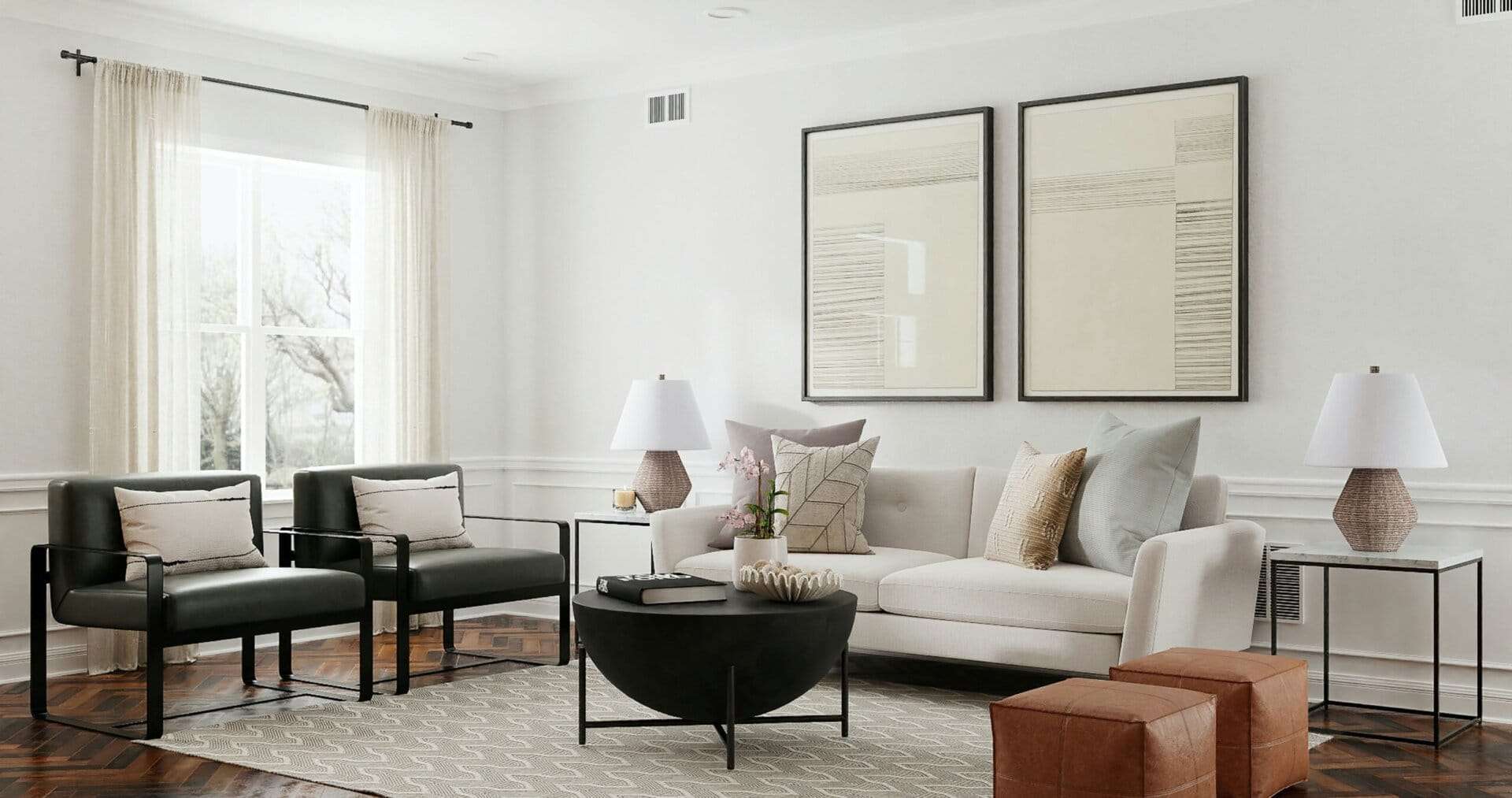
spacejoy k2pumSRYYss unsplash scaled
7. The Future of Foreign Worker Accommodation: Trends & Opportunities
As Malaysia continues to rely on foreign labor to support its economic growth, the provision of suitable worker accommodations will remain a critical issue in the years to come. Several trends and opportunities are shaping the future of Centralized Labor Quarters (CLQs) and other forms of worker housing:
- Increasing focus on worker welfare: There is a growing recognition of the importance of providing decent living conditions for workers, not just as a regulatory requirement but also as a matter of corporate social responsibility and business sustainability.
- Opportunity: Developers and operators who prioritize worker welfare and incorporate best practices in CLQ design and management can differentiate themselves and attract more socially conscious clients and investors.
- Technological integration: Advances in technology are enabling smarter, more efficient, and more connected CLQ developments.
- Opportunity: Leveraging technologies such as Internet of Things (IoT) sensors, mobile apps, and data analytics can optimize CLQ operations, enhance security and communication, and provide value-added services to residents and operators.
- Modular and prefabricated construction: Modular and prefabricated building techniques are gaining traction in the CLQ sector, offering faster, more cost-effective, and more sustainable construction options.
- Opportunity: Adopting modular and prefabricated construction methods can streamline CLQ development, reduce construction time and costs, and improve building quality and flexibility.
- Sustainable and green design: There is a growing emphasis on incorporating sustainable and green features into CLQ developments to reduce environmental impact and improve livability.
- Opportunity: Integrating green design principles, such as energy efficiency, renewable energy, water conservation, and biophilic elements, can create more sustainable and healthier living environments while reducing operational costs.
- Adaptive reuse and urban integration: As land becomes scarcer and more expensive, there is a trend towards repurposing existing buildings and integrating CLQs into urban fabrics.
- Opportunity: Exploring adaptive reuse of underutilized or abandoned buildings and developing CLQs in mixed-use urban settings can optimize land use, promote urban regeneration, and create more vibrant and integrated communities.
- Partnerships and collaboration: Developing successful CLQs often requires collaboration among various stakeholders, including developers, operators, employers, governments, and NGOs.
- Opportunity: Fostering partnerships and collaboration can pool resources, expertise, and networks to create more innovative, sustainable, and impactful CLQ solutions.
By staying attuned to these trends and seizing the opportunities they present, CLQ developers and operators can position themselves at the forefront of the evolving worker accommodation landscape in Malaysia.
| Trend | Opportunities |
|---|---|
| Increasing focus on worker welfare | – Differentiate through best practices in CLQ design and management – Attract socially conscious clients and investors |
| Technological integration | – Optimize operations, enhance security and communication – Provide value-added services to residents and operators |
| Modular and prefabricated construction | – Streamline development, reduce time and costs – Improve building quality and flexibility |
| Sustainable and green design | – Create sustainable and healthier living environments – Reduce operational costs |
| Adaptive reuse and urban integration | – Optimize land use, promote urban regeneration – Create vibrant and integrated communities |
| Partnerships and collaboration | – Pool resources, expertise, and networks – Create innovative, sustainable, and impactful solutions |
The future of worker accommodations in Malaysia presents both challenges and opportunities. By embracing innovation, sustainability, and collaboration, the CLQ sector can play a vital role in providing better living conditions for foreign workers while contributing to the nation’s social and economic progress.
RumahKabin.com is a leading provider of Centralized Labor Quarters (CLQ) solutions in Malaysia, offering a comprehensive range of services to cater to the diverse needs of industries and employers. With a strong track record and commitment to quality, RumahKabin.com is well-positioned to support the development of CLQs across the country.
One-Stop Solution for CLQ Development
RumahKabin.com offers a one-stop solution for CLQ development, covering the entire process from conception to completion. Our services include:
- Site selection and feasibility studies: We assist clients in identifying suitable sites for CLQ development and conduct comprehensive feasibility studies to assess the viability of the projects.
- Design and planning: Our experienced team of architects and planners work closely with clients to create custom CLQ designs that meet their specific requirements and comply with all relevant regulations and standards.
- Approvals and permits: We navigate the complex approval process on behalf of our clients, liaising with authorities and ensuring that all necessary permits are obtained in a timely manner.
- Construction and project management: Our construction team employs the latest techniques and technologies to build high-quality CLQs efficiently and cost-effectively, while our project managers ensure smooth coordination and timely delivery.
- Fit-out and furnishing: We offer complete fit-out and furnishing services to create comfortable and functional living spaces for workers, including the provision of essential amenities and facilities.
Flexible and Customizable CLQ Solutions
RumahKabin.com provides flexible and customizable CLQ solutions to cater to the unique needs of different industries and employers. Our offerings include:
- Permanent and semi-permanent structures: We can construct both permanent and semi-permanent CLQs, depending on the client’s requirements and the nature of the projects.
- Modular and prefabricated options: Our modular and prefabricated CLQ solutions offer faster construction times, greater flexibility, and improved quality control.
- Adaptive reuse and brownfield redevelopment: We have the expertise to convert existing buildings or brownfield sites into suitable CLQs, optimizing land use and resources.
- Customized amenities and facilities: We work with clients to incorporate customized amenities and facilities into the CLQs, such as recreational spaces, training rooms, and healthcare facilities, to enhance the living experience of workers.
Turnkey Management and Operational Support
In addition to CLQ development, RumahKabin.com also offers turnkey management and operational support services to ensure the smooth running and maintenance of the facilities. Our services include:
- Property management: We provide comprehensive property management services, including regular maintenance, repairs, and upgrades, to keep the CLQs in top condition.
- Security and access control: Our security solutions, including CCTV monitoring, access control systems, and trained personnel, ensure the safety and security of CLQ residents and assets.
- Cleaning and housekeeping: We maintain high standards of cleanliness and hygiene through regular cleaning and housekeeping services, creating a healthy living environment for workers.
- Catering and food services: We can provide catering and food services to ensure that workers have access to nutritious and affordable meals, either through on-site kitchens or external food service providers.
- Recreational and social programs: We organize recreational activities and social programs to promote the well-being and social integration of CLQ residents, fostering a sense of community and belonging.
By offering a comprehensive range of services and solutions, RumahKabin.com is committed to supporting the development of high-quality, sustainable, and socially responsible CLQs in Malaysia. Our team of experienced professionals, combined with our customer-centric approach and commitment to innovation, positions us as the ideal partner for any industry seeking to provide better living conditions for their workers.
| Service | Description |
|---|---|
| Site selection and feasibility studies | Identify suitable sites and assess project viability |
| Design and planning | Create custom CLQ designs that meet requirements and regulations |
| Approvals and permits | Navigate the approval process and obtain necessary permits |
| Construction and project management | Build high-quality CLQs efficiently and cost-effectively |
| Fit-out and furnishing | Create comfortable and functional living spaces with essential amenities |
| Property management | Provide comprehensive maintenance, repairs, and upgrades |
| Security and access control | Ensure the safety and security of CLQ residents and assets |
| Cleaning and housekeeping | Maintain high standards of cleanliness and hygiene |
| Catering and food services | Provide access to nutritious and affordable meals |
| Recreational and social programs | Organize activities and programs to promote well-being and social integration |
Contact RumahKabin.com today to learn more about how we can help you develop and manage high-quality CLQs for your workers. Together, let’s build a better future for Malaysia’s workforce.
RumahKabin.com
https://rumahkabin.com
[email protected]
011-10897300
